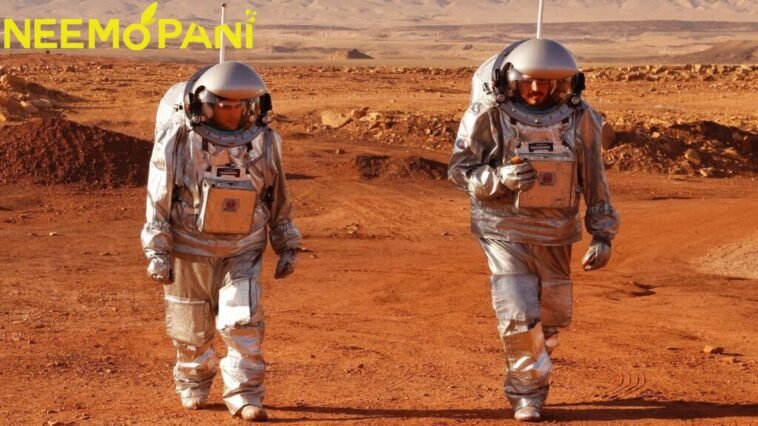NASA’s CHAPEA project, life on mars which stands for Crew Habitat for the Exploration of Mars Analogs, is an ambitious endeavor a year-long effort to get humans ready to explore Mars. The project’s name is Crew Habitat for the Exploration of Mars Analogs.
The United States Space Agency is proposing to send three historic missions of this kind to understand better the need for a residence in our nearest neighbor in the universe.
Although the first analog mission will begin this year, the second mission is scheduled to be carried out in 2025, and the third mission is scheduled to be followed up in 2026.
A group of four astronauts will participate in the initiative, and they will do so by residing in a habitat that has been manufactured using 3D printing technology.
Four astronauts will participate in the project, simulating life on Mars in a 3D-printed home.
There are separate apartments for the crew, a kitchen, and spaces set out for medical care, relaxation, exercise, and work, as well as two restrooms and a technical work area. Resource constraints, isolation, equipment failure, and heavy workloads are just some of the environmental stresses the team will face.
The crew will engage in a wide range of activities throughout the trip, from simulated spacewalks and robotic operations to personal hygiene and exercise, from cultivating crops to preparing and eating meals to conducting research and getting plenty of shut-eye.
They’ll also be in charge of operating a rotorcraft-like drone and a mobile robot to extend their range of investigation. The team will also be tracked to see how working in solitude and with less resources affects them. We are investigating the effects of actual Martian limitations and crew members’ lifestyle choices on crew members’ performance and health. We’re attempting to create a realistic atmosphere and workload for the CHAPEA team so that they can experience the lifestyle,” explained Raina MacLeod, CHAPEA’s deputy project manager.





